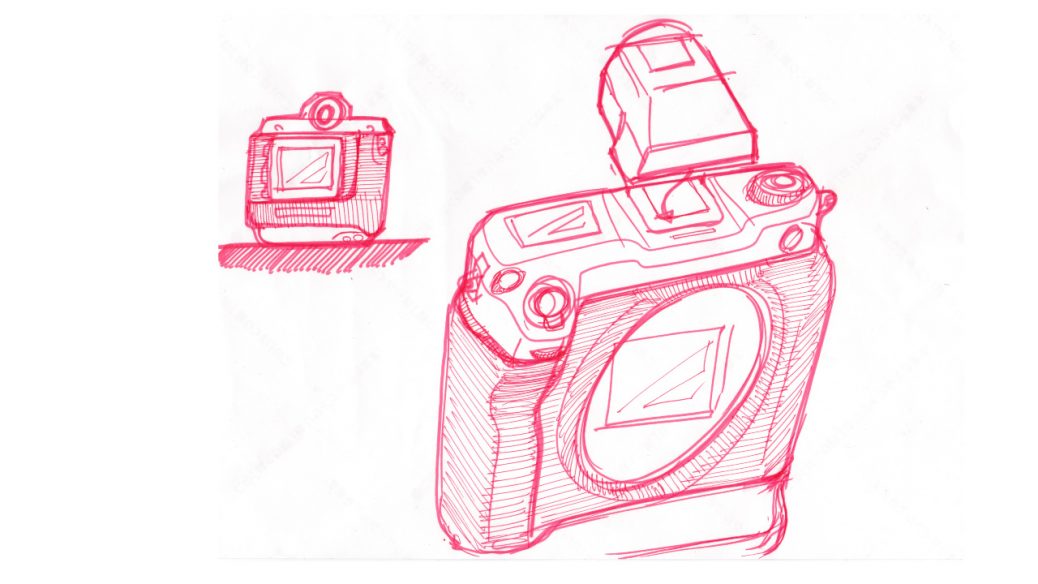Fujifilm GFX 100: Birth of a Camera – Part 1/2
Cinema5D documented the creation of the Fujifilm GFX 100 in partnership with Fujifilm.
Fujifilm starts two years in advance with the development of their camera system. They believe their customers will really enjoy working with a 100 megapixels sensor. Below are some key points;
- IBIS was a must because of how sensitive 100MP can be to movement
- Their IBIS system was initially very big and heavy but they improved it
- It took a while for them to get the size and weight to be just right in addition to being robust
- Fujifilm made high-quality 4k priority followed by fast AF
- Could have gone full frame or medium format
- They decided to make the camera the right way with medium format
- Design and R&D work closely together to make the body
- Once the designers have a sketch it goes to their mechanical design group or a development team
- Speed, price, and design are big challenges
- The Mechanical design group then has to realize the design/size/style
- From there the first mockups are designed and they include every aspect of the camera
- The mechanical designers tried to make it as small as possible
- Fujifilm’s priority wasn’t style, but functionality which is different than their other cameras that have more stylish functions
- Fujifilm completely changed how the camera works
- Removing the dials made the IBIS easier to fit in a smaller body
- They then get to a full mockup that is almost the same as the final production model
- The GFX 100 is a new image sensor with new IBIS and a new face detect AF system and 4k video so it was difficult to bring everything together
- Image quality is what Fujifilm is most proud of in relation to sharpness, resolution, and color quality
- It’s really not that hard for them to simulate shooting film according to their IQ expert that has been handling it for 15 years
- The GFX100 is using the AF algorithm from the X-T30 that is also in the X-T3 now
- Fujifilm had to work on recovery time from far off AF points though so infinity to up close etc…
- The sensor and the IBIS are the most complicated things in the camera
- 90 components need to be developed beyond the sensor and IBIS
- The large sensor is more sensitive to environmental noise so everything must be optimized
- The official launch was delayed a little in March due to the IBIS, but they also wanted to make sure there were no small mistakes
More info on Cinema5d website.

